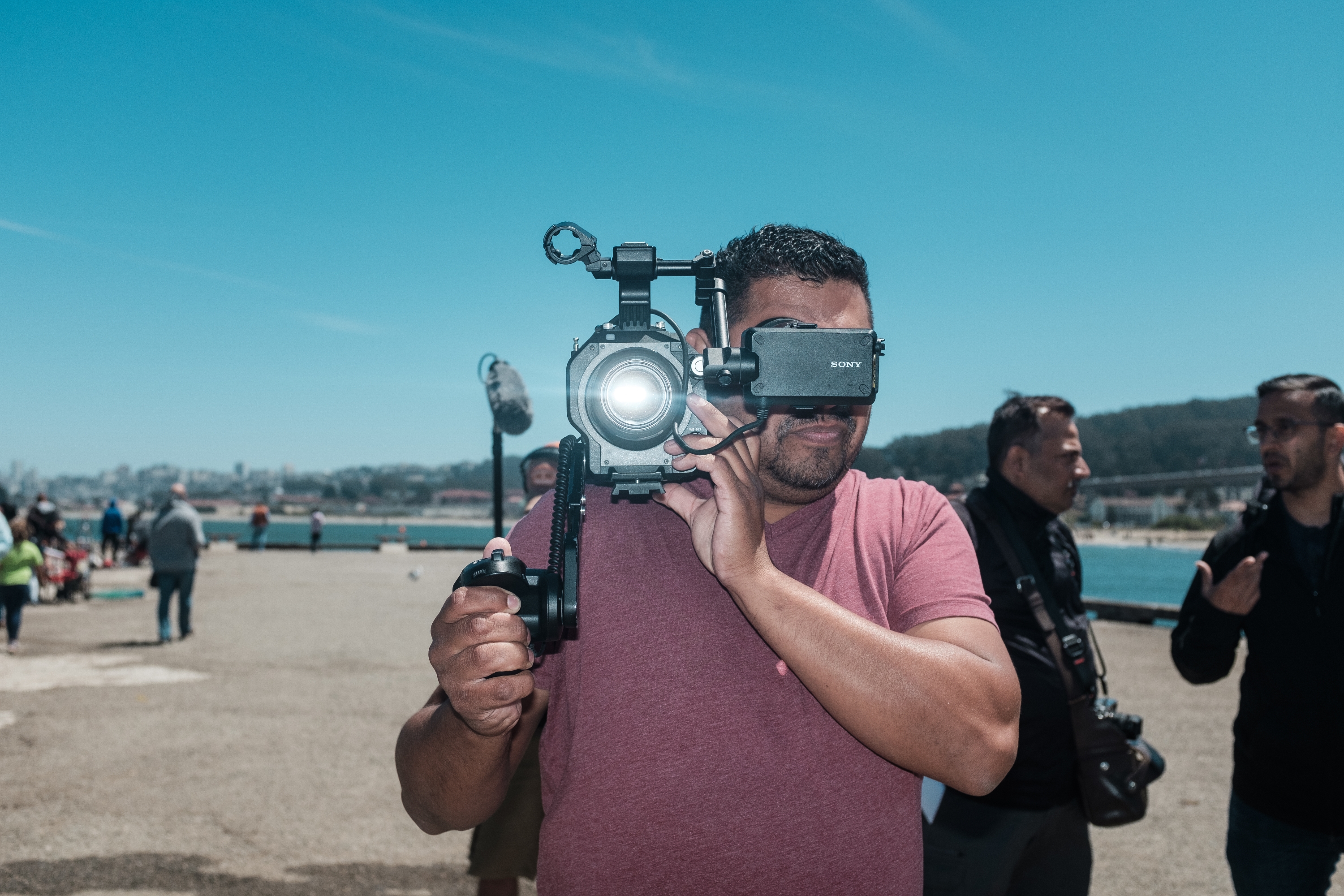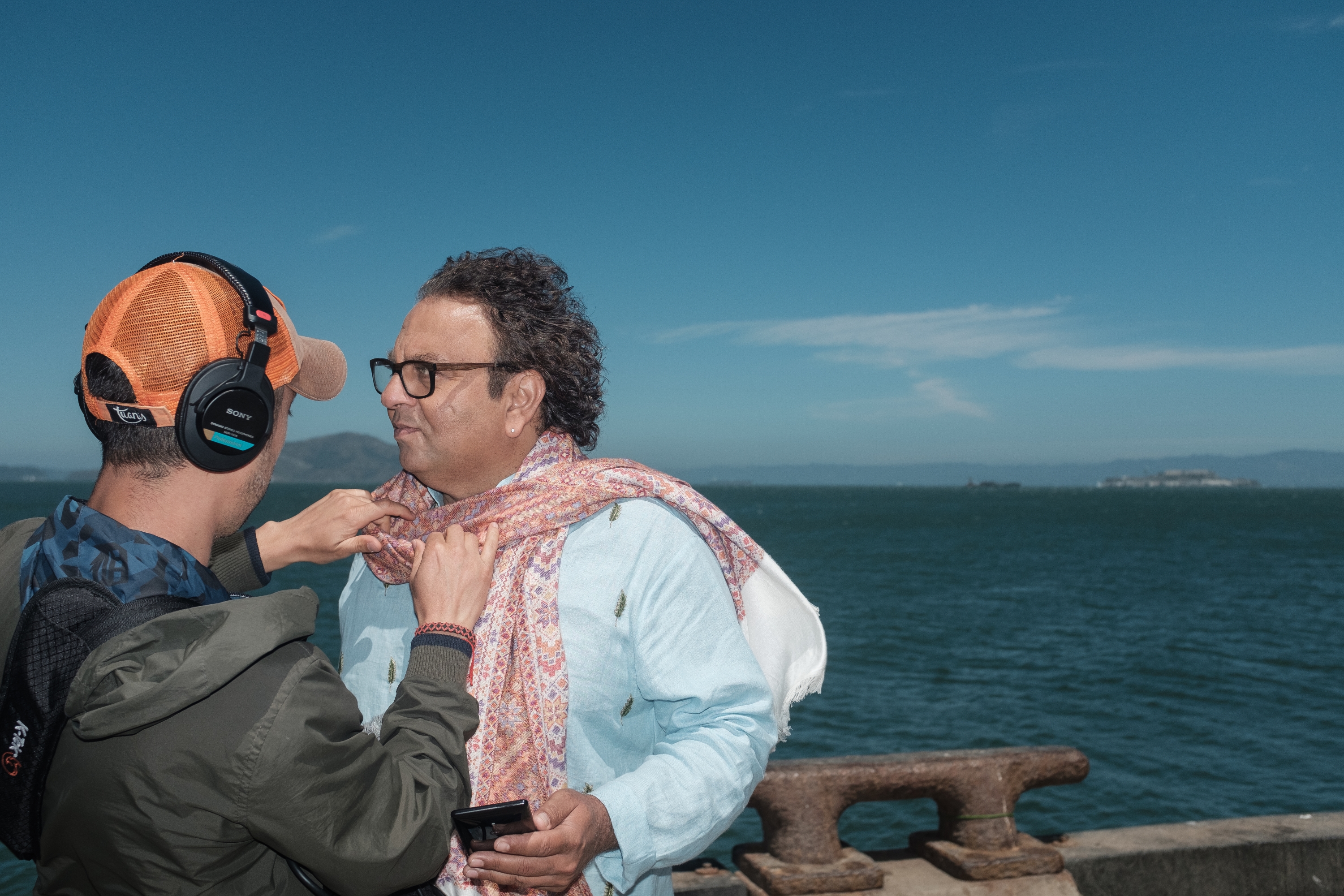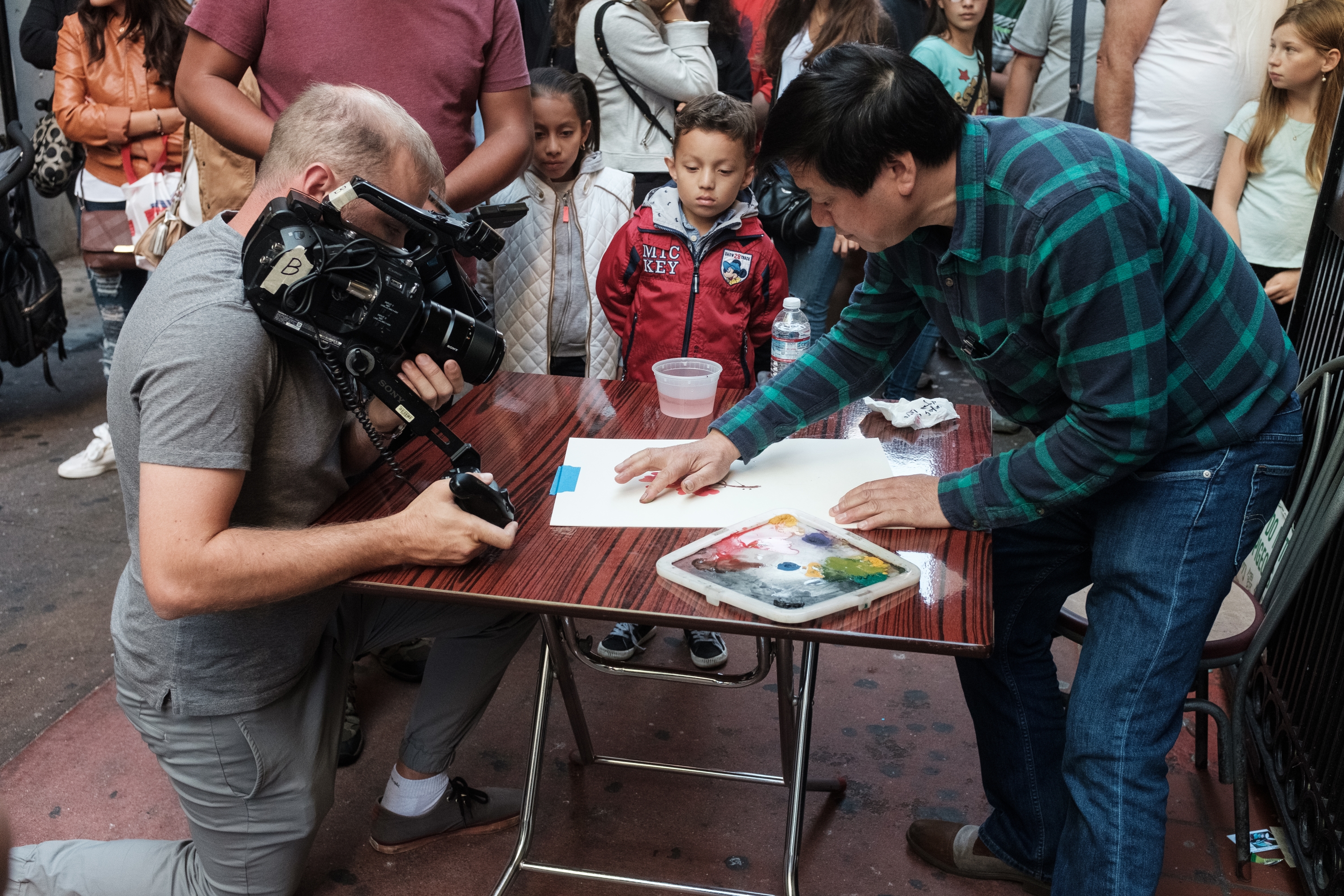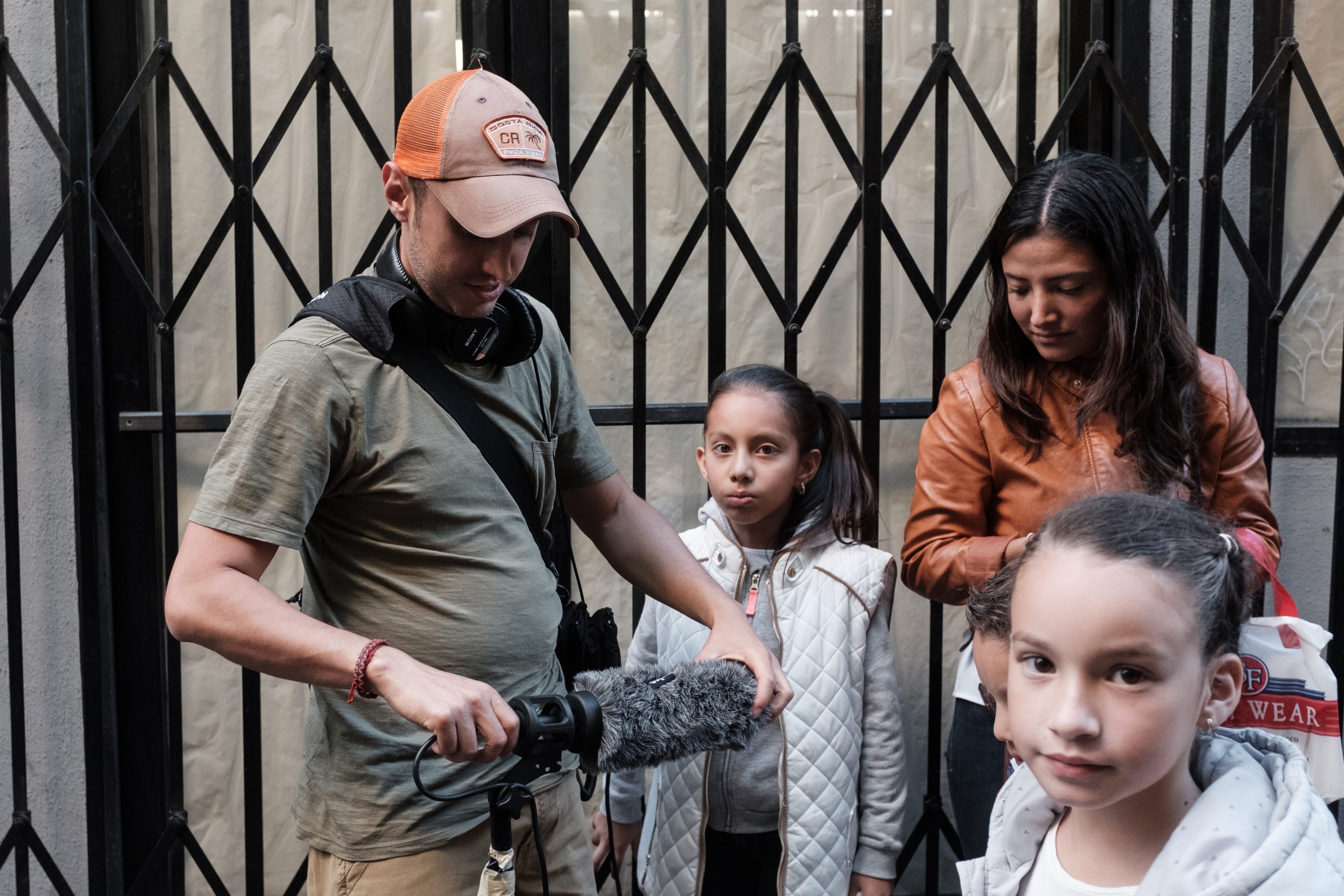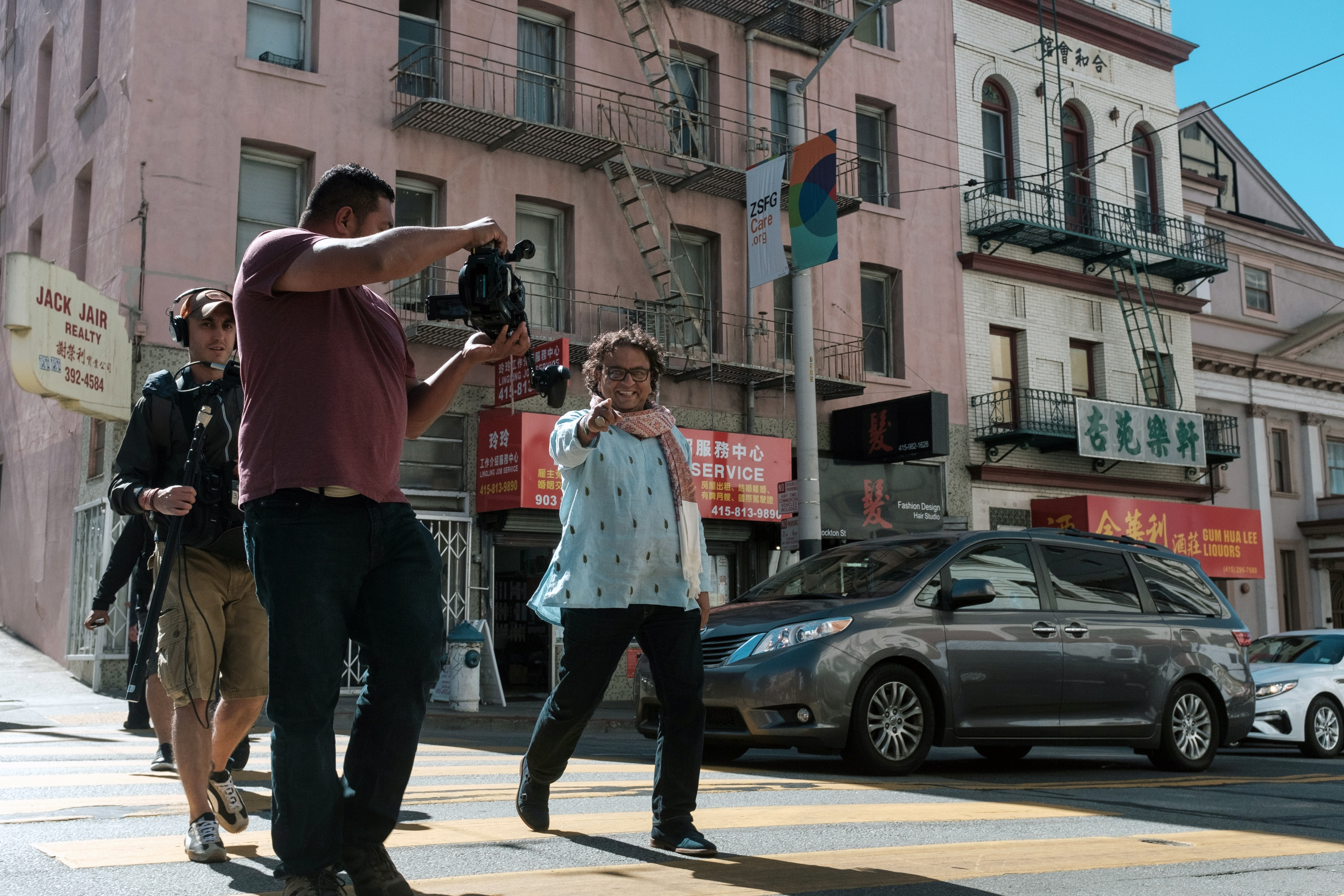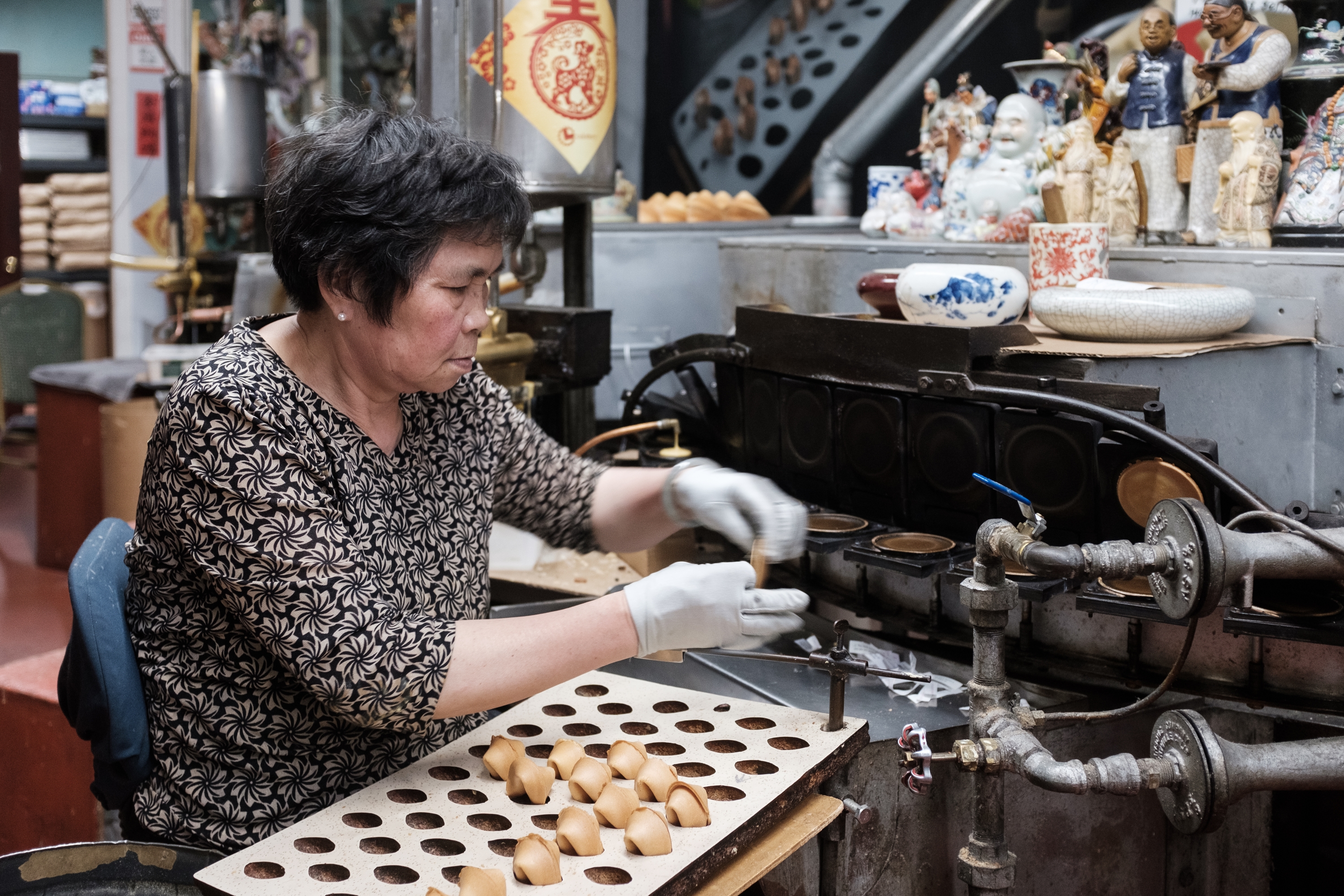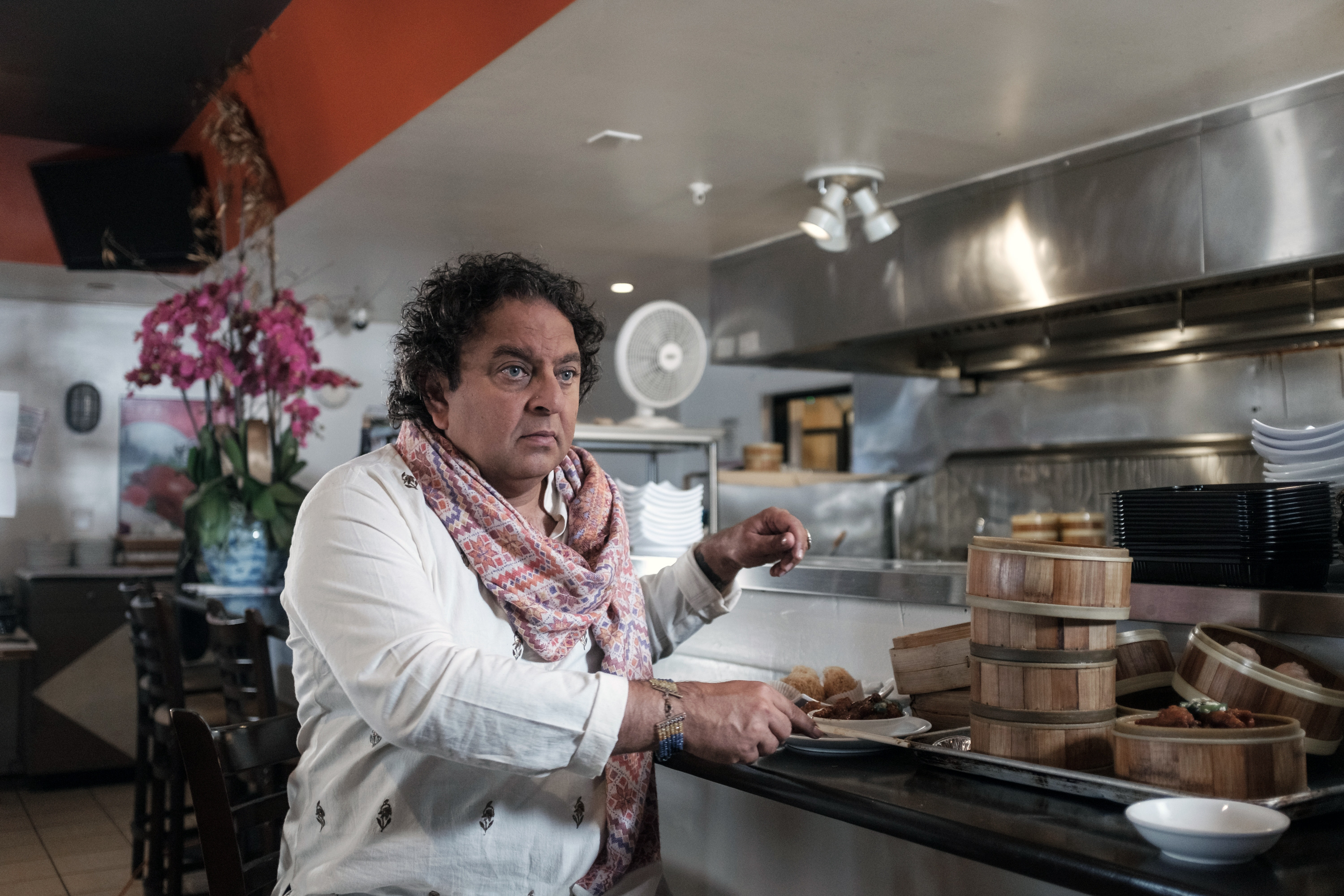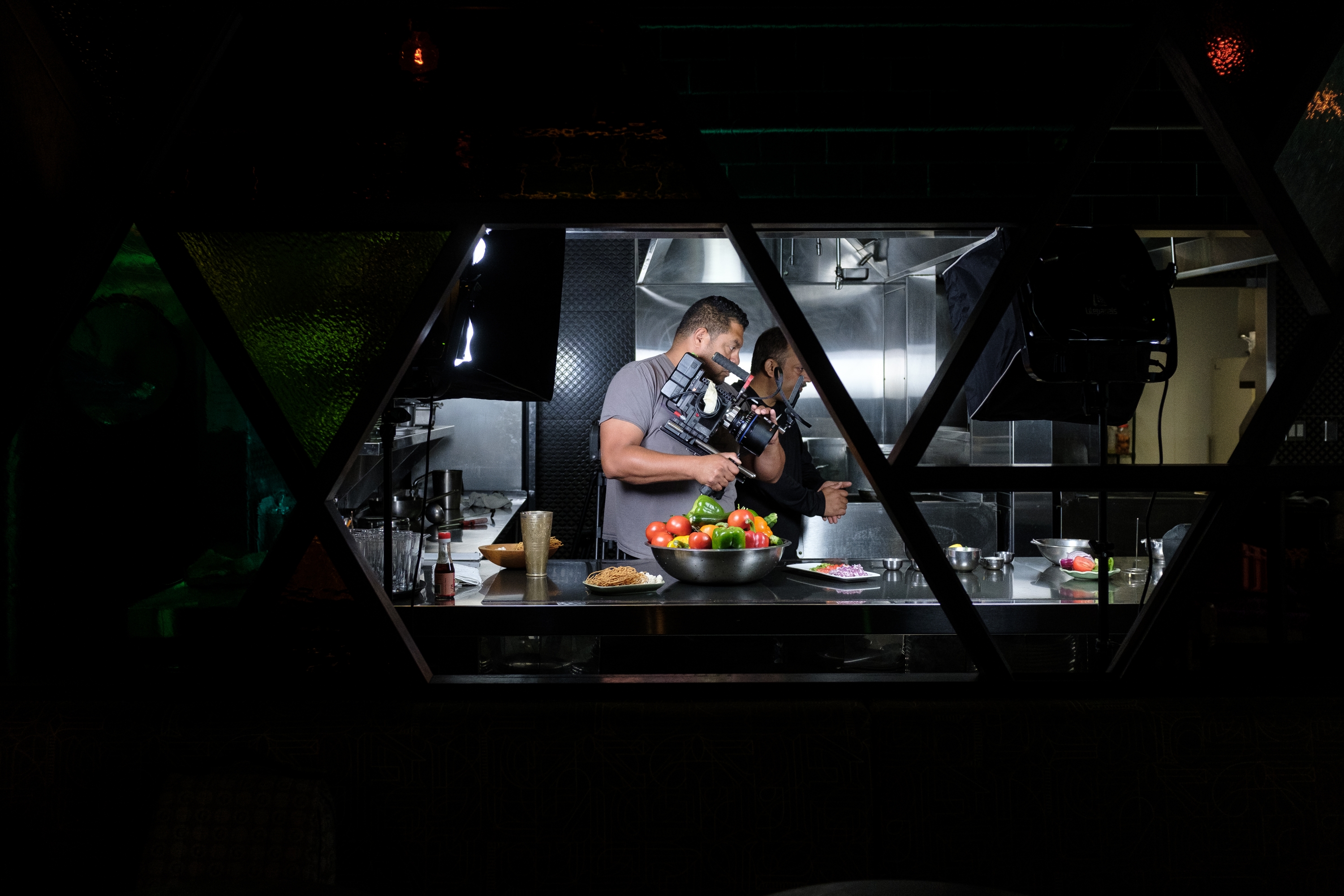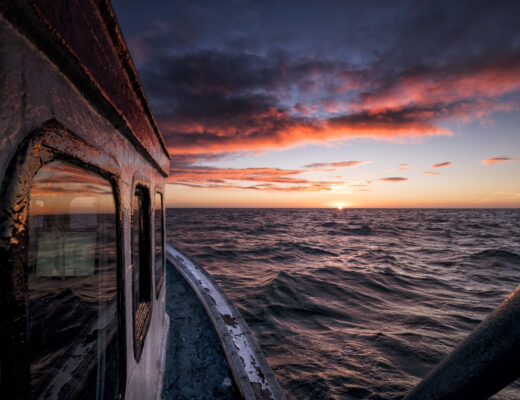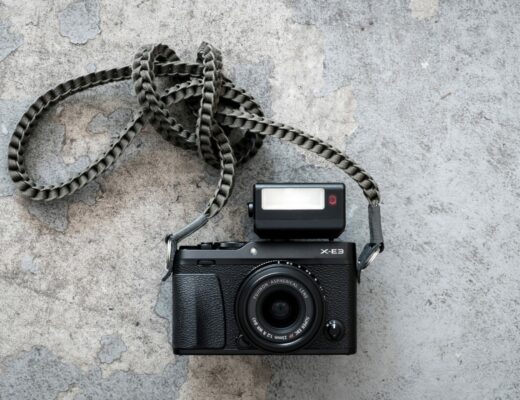Last summer I was part of a pilot TV show. I can’t tell you anything about it except that I was the co-host and I was playing myself, a photographer. Even before the first test shoot, the producers asked me to decide on which camera(s) I would use for the show. Since I would always be filmed with a camera in hand, not only did it need to look good in front of the camera, but it also had to be a functional tool that I could actually use for the show. In my mind, if the pilot ever got picked up, I would forever be identified with the camera I selected, so I had to choose wisely. As you can tell by my featured image, I decided on the Fujifilm X100F to reside around my neck throughout the entire pilot season. Here are the reasons why I chose the X100F to be my co-host for this project.
First, I had to decide which camera manufacturer I wanted to work with. Since I already had a good relationship with Fujifilm and I knew all their cameras inside out, it was wise to choose one of their cameras for the show. Fujifilm agreed to be my official photographic sponsor and sent out a few cameras to test during filming. Some of my colleagues said it would be awesome to showcase my photography using the GFX 50S, so I decided to use it on one test shoot. I knew I would get superior image quality and I had a wide variety of lenses to choose from. The problem? Size and weight. When I was being filmed by myself walking through the backstreets, the GFX was awesome. However, the second I had to interact with my co-host or with other guests, the camera started getting in my way. Instead of being a tool, it felt like a huge elephant hanging off my neck! I started imagining myself dragging the GFX system with me all over the world while shooting a TV show. It wouldn’t be a pretty picture at all. The GFX was out.
I also auditioned the X-H1. Even though it’s much smaller and lighter than the GFX, it still felt too big and clunky to always have around my neck. In addition, it wasn’t pretty enough. It may seem vain, but for TV the camera had to look like….well, a camera. The more ‘classic’ it looked, the better. Why not shoot with a classic film camera then? I did think about this. First, the camera had to be a current film camera with a manufacturer who would sponsor me. That basically left me with Nikon or Leica. Second, since I would be travelling the world, I would have to not only drag all my film with me, but also develop my film while on the road. This layer of complexity was something that neither the producers nor I wanted to deal with. The camera had to be digital for the sake of convenience but it also had to have a classic camera look. Fujifilm themselves suggested the then-new brown X100F as the perfect camera for the show. We tested it on screen and the camera looked amazing!
Many criticised the brown X100F model when it was first released, saying that it adds nothing new to the camera except a different look (and cost, at the time of release). However, that’s exactly why this camera was perfect for the show. Aesthetically, the X100F in brown is the perfect camera to be ‘on camera’. No matter where we were or who I was interviewing, everyone wanted to know more about the X100F. Most assumed it was a film camera since it had that classic rangefinder vibe. Similar to slapping Brad Pitt’s face in a movie, throwing the X100F on screen ended up being the perfect co-host for me while I ‘played’ the photographer for the show. I know this all sounds very superficial and vain, but hey, that’s show business for you! In all seriousness, even though the camera looked the part, it also had to perform. The images I shot during the show would also be embedded into the final edit, so I couldn’t just choose the X100F because it looked pretty. My reputation would be on the line if I selected the wrong camera, so I picked the X100F with confidence. I knew Fujifilm’s processor-sensor combination would be up to the task while still providing the aesthetic that the TV producers were looking for.
Since I’ve used the X100 series from the very beginning, I knew there would be no learning curve as I shot with this camera during filming and also behind the scenes. The camera looked good on screen, but it also was small and compact. I could have it around my neck all day and just forget that it was there. When I saw something I liked, I could quickly switch to photographer mode and start shooting without thinking. And since the camera has a leaf shutter, I could shoot behind the scenes without interfering with filming. It’s both a stealth camera and a showy camera at the same time. I also carried with me the EF-X20 flash, since it’s also compact and discrete. Again, due to the leaf shutter, I could flash sync to 1/4000th sec during the day and not have to worry about not having enough flash power. This is another reason why I chose the X100F instead of the limited edition X-Pro2 in Graphite with the XF 23mm f/2 R WR – another pretty camera. Although I would gain WR and an ILC system, I wouldn’t have the leaf shutter for silent shooting or high speed flash sync with a compact flash unit.
As you can see by my photographs, the X100F delivered what I wanted for this project. It was a great balance of looks, size, weight and performance. The camera made me look like a photographer, but it also allowed me to be a photographer without trying too hard. I didn’t want to be fiddling with buttons and dials while I was interviewing someone or running around being filmed. The camera had to work when I needed it to work. Every minute of filming is expensive so swapping lenses or batteries, or getting lost in the menus cost everyone time and money. I love the X100F because it just works…and it’s also pretty. Improvements for the future? I hope Fujifilm can design the next X100 with WR (which means a new lens), a touch screen with menus control, IBIS, articulating screen and an ultra-wide lens adapter. Thanks for reading and happy shooting!


